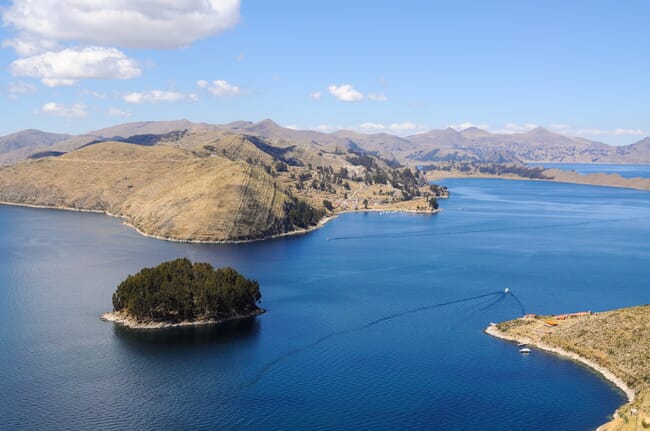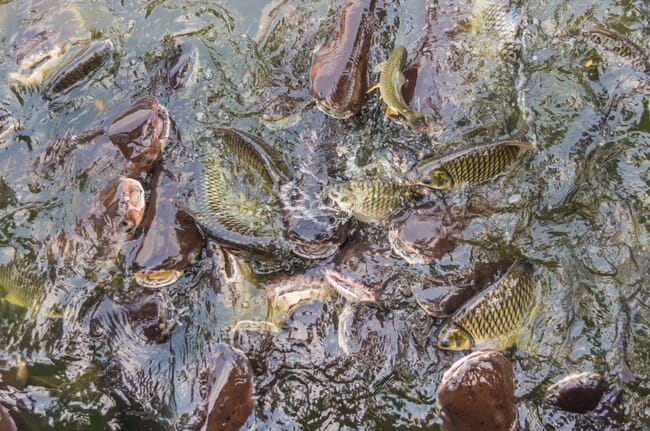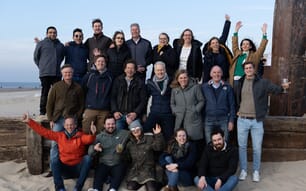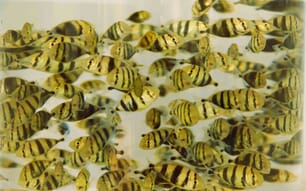The lab is at the Tiquina-Bolivia Fish Centre in San Pablo de Tiquina, Bolivia and is a joint initiative by the Binational Lake Titicaca Authority (ATL), Bolivia’s Public Decentralised Fishing and Aquaculture Institute (IPD PACU) and the Comprehensive Hydric Resources Management project (GIRH-TDPS), which is shared between Peru and Bolivia.

“The dramatic situation of fishing,” for native species in Lake Titicaca, like the carachi, suche and mauri, was the main impetus for the lab’s founding, said ALT executive president Juan Jose Ocola. Researchers will design and implement a breeding programme to safeguard those species from extinction.
Ocola said that the volume of fish in the lake has diminished by nearly 90 percent over the past three decades, saying, “if before they fished 7,000 tonnes, now they don’t even get 1,000.”
“This is the consequence of overfishing, of a lack of control and monitoring and this is occurring in Peru and Bolivia,” he warned.
The 1,300-square foot aquaculture facility will produce fish that will “populate and repopulate” the Titicaca basin and, “contribute to the recovery of the natural populations,” Ocola said. The lab has incubation chambers, live production ponds and assorted grow-out tanks where the fish can mature before they are introduced to the local ecosystem. Ocola told local reporters that the breeding programme will guarantee food security and jobs for thousands of nearly Bolivian and Peruvian residents.

IPD PACU director Grover Garcia said that the facility is projected to produce 500,000 fry for each species and will expand to 1 million fry in subsequent production cycles.
The fish fry will repopulate not only Titicaca but also Peru’s Lake Arapa and Umayo, Bolivia’s Lake Ururu and Poopo, which are all part of the same water ecosystem.
At the lab’s inauguration, Ocola stressed that the primary risk to fish in the Titicaca basin is overfishing and noncompliance with seasonal catch limitations. The ecosystem faces other challenges from non-native species that were introduced to the habitat and runoff from in-flowing rivers and streams at some parts of the lake. Ocala also highlighted that environmental enforcement measures are weak and that the issue is not salient with the wider public.




